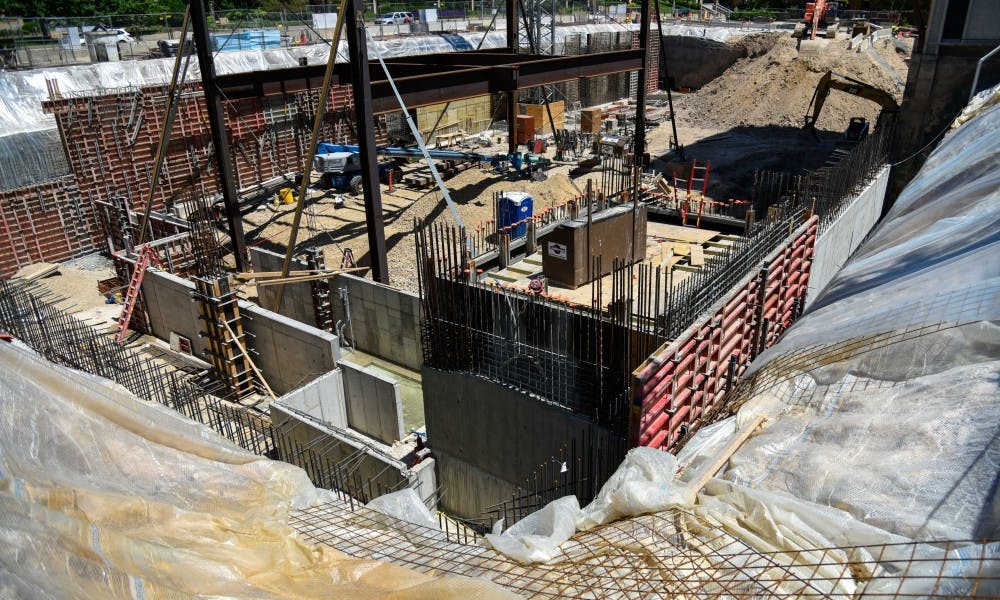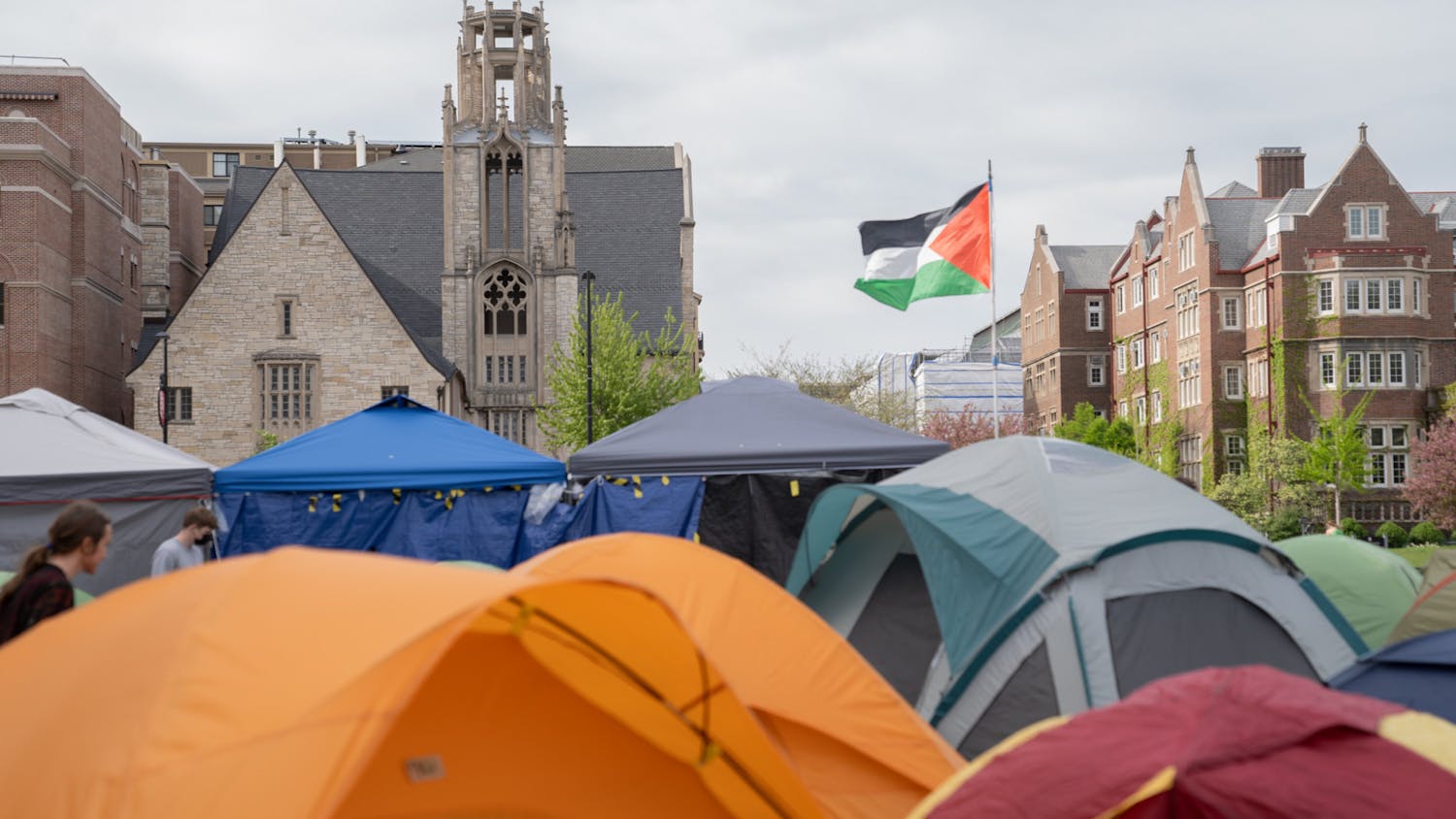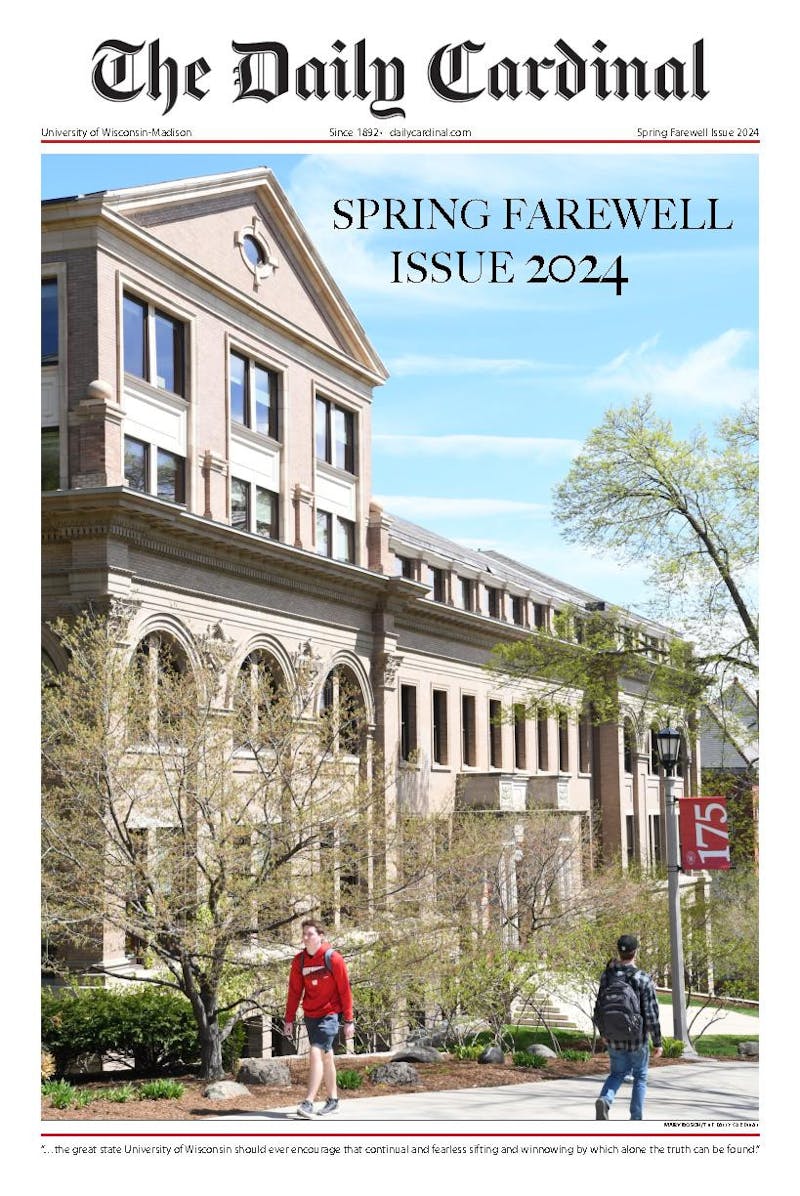More than 60 percent of buildings across the UW System’s 13 campuses were constructed between 1950 and 1979 and have only been renovated minimally since then.
Today, nearly half of the UW System’s building inventory is rated “moderate or poor condition with regard to functionality and condition assessment,” according to the System’s 2019-’21 biennial budget funding request.
With so many aging facilities, it became a question of how to select which construction and renovation projects to recommend in the budget. For the UW System, this biennium is all about science, technology, engineering and mathematics — better known as “STEM.”
The concentration on STEM projects in particular is stated in the introduction to the UW System’s 2019-’25 capital plan.
“State funding requests focus on STEM facilities to support workforce needs, attract and retain Wisconsin students, and expand STEM education,” the strategic elements section of the plan said.
System spokesperson Mark Pitsch said the emphasis in this budget is indeed “a focus on our STEM facilities,” but each budget has its own strategy.
“Every budget process includes a strategic initiative provided by the University's senior leadership including the UW institutions' chancellors,” Pitsch said in an email.
However, the previous biennium’s budget also appeared to favor STEM facilities, with a fourth of the 20 proposed projects dedicated to STEM.
Of the System’s 25 requested projects for 2019-’21, STEM-based facilities composed 32 percent of them, the proposed cost almost $1 billion.
The remaining 68 percent of the budget mainly focuses on residence halls, recreation and health facilities and utility updates. The only instructional buildings listed in the budget not specifically used for STEM fields are Graff Main Hall at UW-La Crosse and Winther Hall at UW-Whitewater, prioritized 12th and 25th out of 25, respectively.
The upkeep and funding of smaller renovations for all other UW System facilities falls under “All Agency Projects Program Funding” and “Instructional Space Projects Program Funding,” — the top two priorities in the budget — setting aside $338 million in total.
According to UW-Madison religious studies lecturer Ulrich Rosenhagen, forces outside of the university play a role in emphasizing STEM fields.
“I think it's the market that prioritizes STEM right now, and the legislature,” he said.
The influence of the legislature includes the UW System’s switch to outcome-based funding, established by the 2017 Wisconsin Act 59.
The new requirements created four goals for the System, broadly defined as “growing and ensuring student access; improving and excelling at student progress and completion; expanding contributions to the workforce; and enhancing operational efficiency and effectiveness.”
Each goal has a subset of four metrics to measure universities with, and funding will be distributed based on the results.
The third goal — expanding contributions to the workforce — measures campuses by the weighted number of graduates in STEM and health-related fields, graduates eligible for a financial-need based Pell Grant and expenditures on research and public service.
“Workforce demands can be met by bolstering programming in the areas of STEM, Nursing and Healthcare, and Business,” the biennial budget funding request said.
Communication Arts graduate student Kait Fyfe said striking a balance between meeting Wisconsin’s workforce demands and funding programs besides STEM can be “a tricky thing.”
“I know there's been an emphasis from the state legislature on UW, particularly UW-Madison, as a place to pick up job skills, and I think those are important, but other things are as well,” said Fyfe, who also has an engineering degree. “I think there's a way in which [prioritizing STEM has] good intent, but it feels like an incomplete intent.”
Physics graduate student Cody Poole agrees with the idea of supporting workforce needs through renovating STEM facilities, but he doesn’t think it should be limited to one area of study.
“As far as I'm concerned, campus buildings should be remodeled-slash-updated according to their respective deprecation. Newer buildings don't really need to be touched up sooner,” Poole said. “Building age and wear and tear should be a stronger priority than what department is using that building.”
The campus building Poole said needs renovating the most is Chamberlin Hall, but he did caution against his potential bias, since he spends most of his time there. Fyfe and Rosenhagen had similar answers, as they also named buildings they work in: Vilas Communication Hall and the George L. Mosse Humanities Building.
“I'm here for over 10 years, and since I got here, they said that they would renovate the [Humanities] building,” Rosenhagen said. “Apparently it's a logistical issue.”
The Humanities Building was constructed in the late 1960s, Vilas in 1972 and Chamberlin in the early 1900s with a renovation in 2005. The only mention of any of the three buildings in the 2019-’21 plan is a new utility corridor between Chamberlin and Sterling Hall.
Fyfe doesn’t want funding for these buildings to have to be a trade-off.
“I don't think it's an either/or,” she said. “I think it's a both, and it's a question of, how you are able to support both?”






